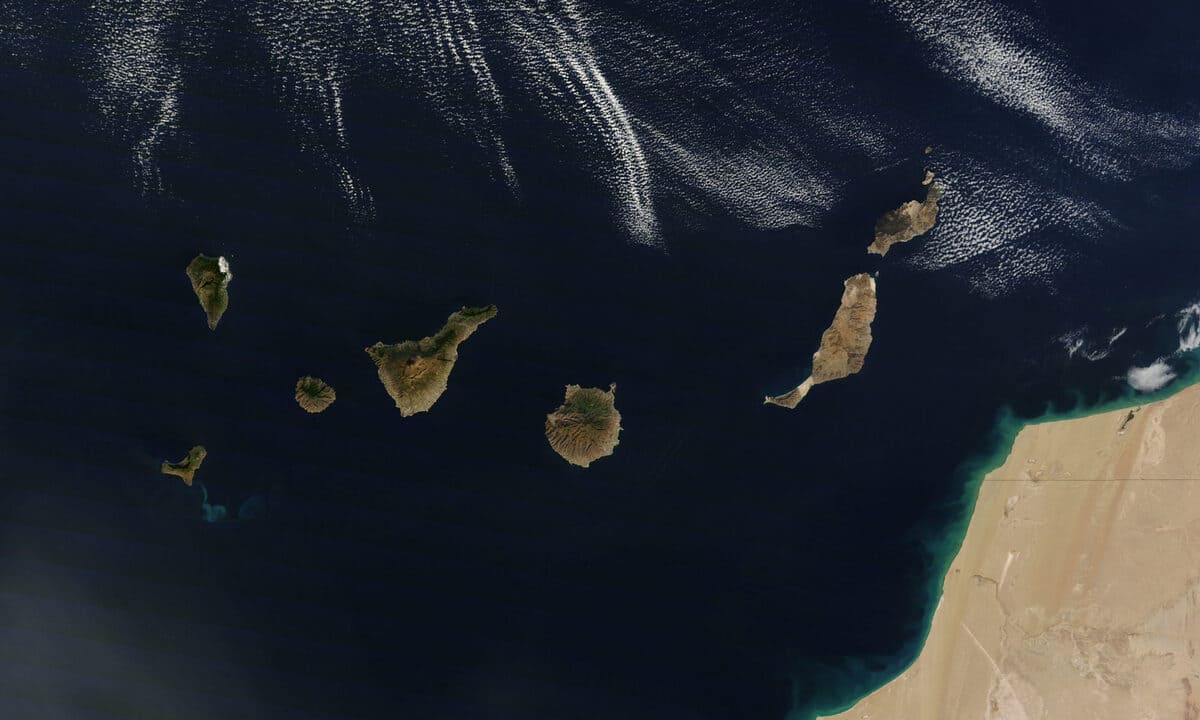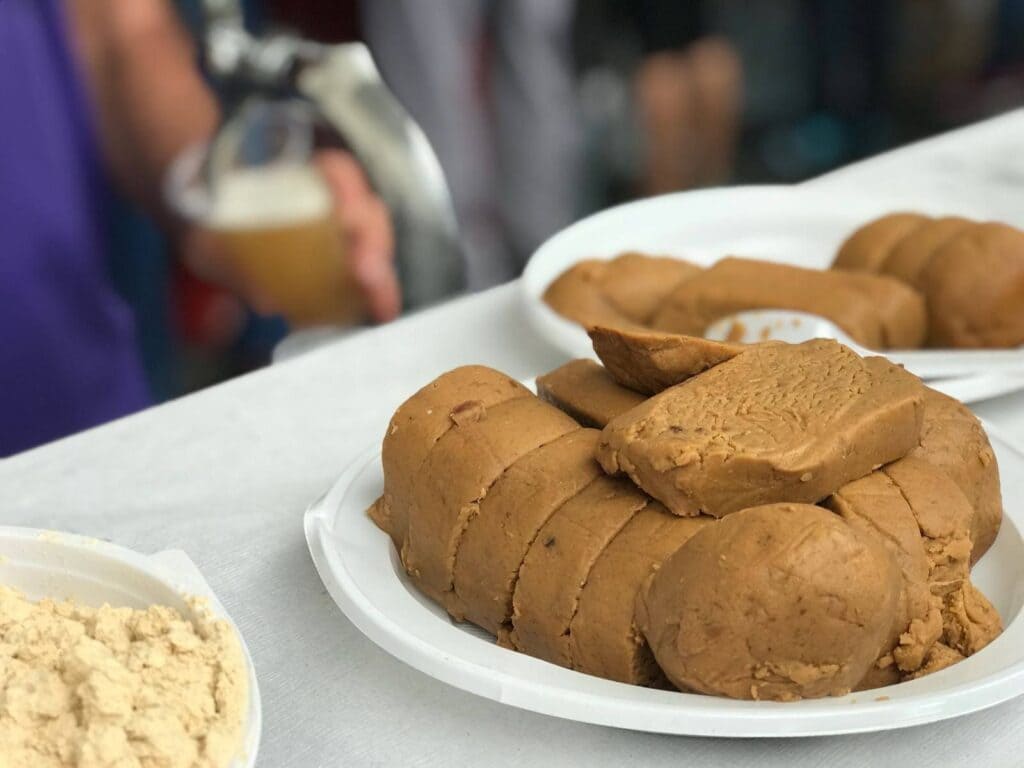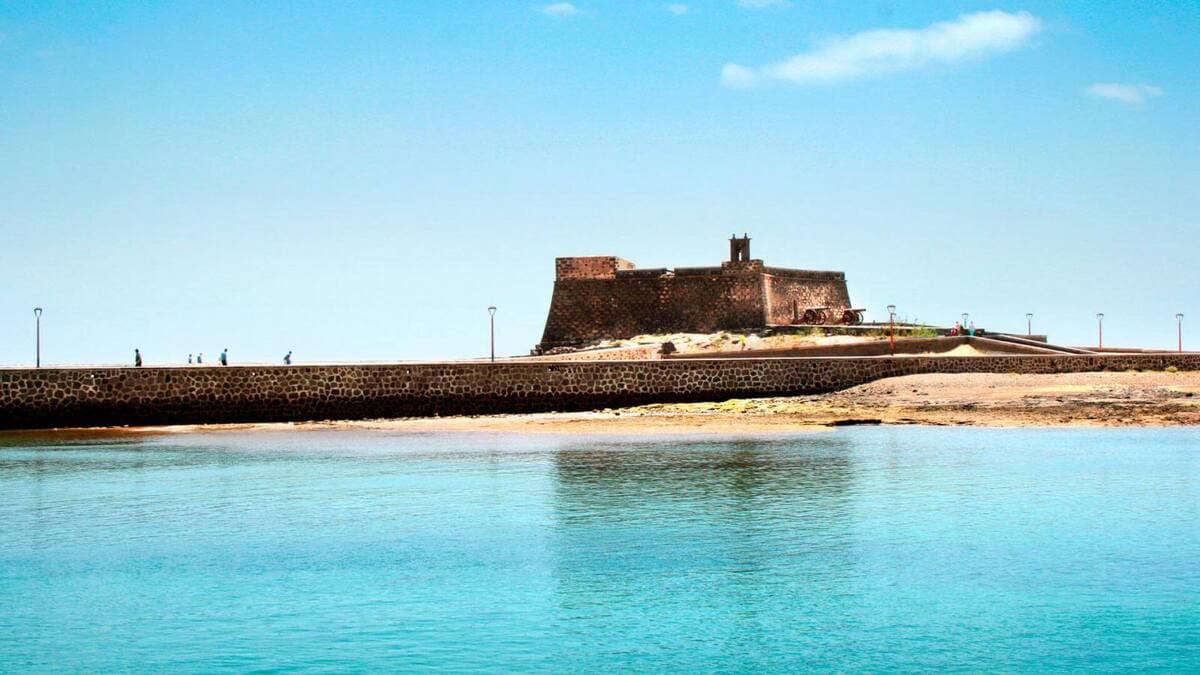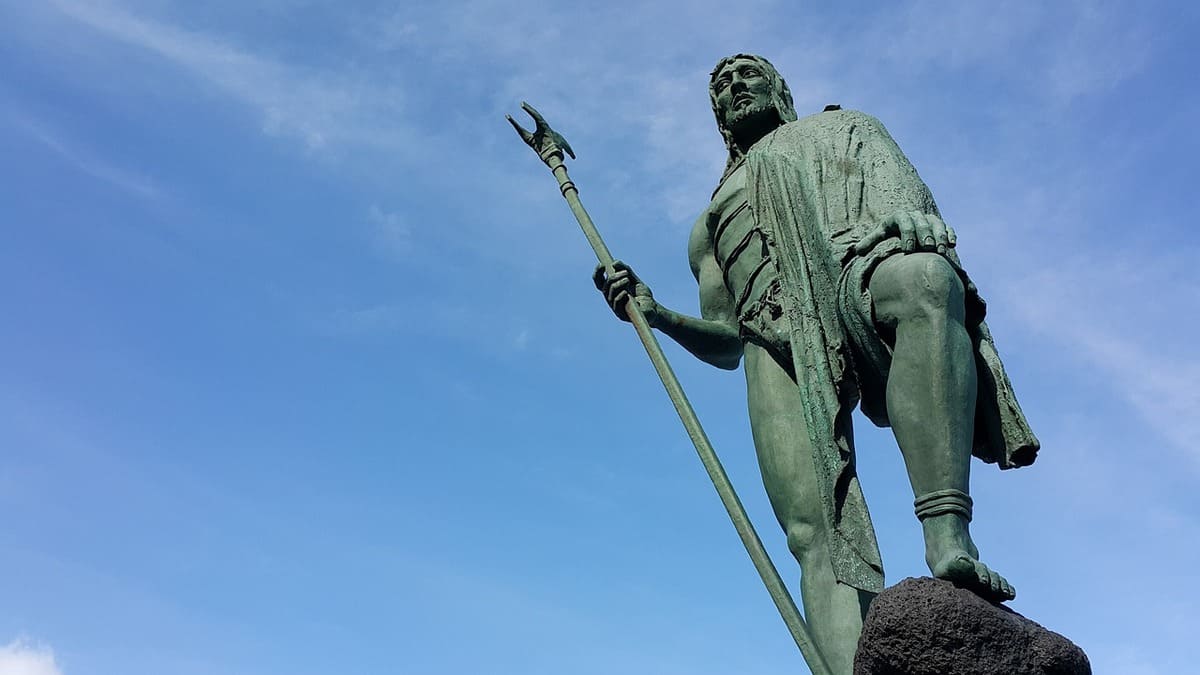Guagua, millo, papas, gaveta, gofio, cotufas or roscas ....These are just some of the thousands of words that make up the speech of the islands and our Canarian dialect and that are not used by the Spanish peninsular. The origin of many of these words goes back centuries and are the result of the mixture of words and expressions adapted from other areas, cultures and countries.
The Canarian dialect or Canarian speech
The Canarian dialect or Canarian speech is the form of Spanish spoken in the Canary Islands and is used by approximately two million speakers of Spanish who live in the archipelago. It is a dialectal variety within what is known as the "Atlantic modality". It is somewhat similar to those of Spanish-speaking America and also to those of the south of the Iberian Peninsula, especially Andalusia.
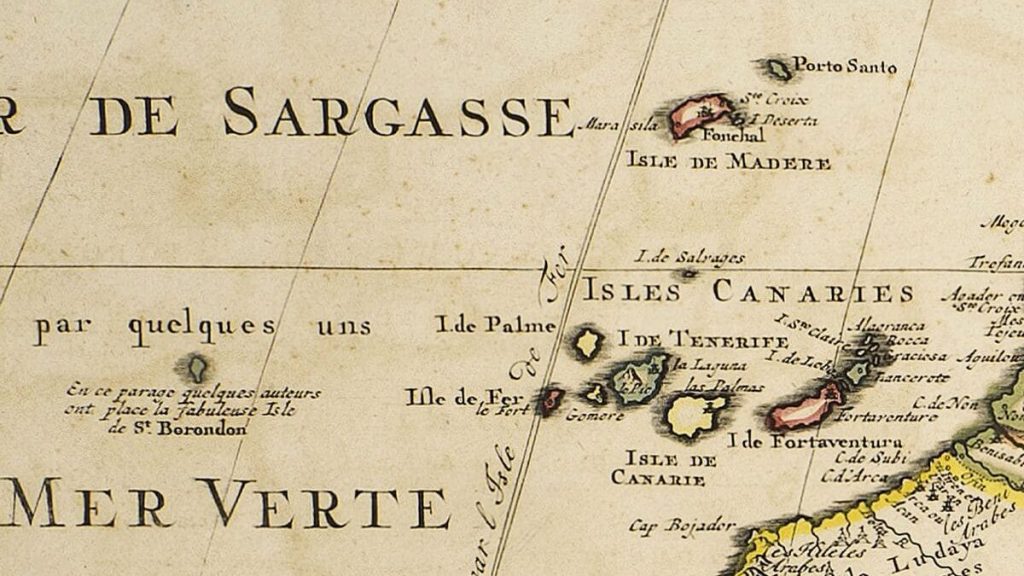
The geographical situation of the Canary Islands, which has made the archipelago a historical place of passage and bridge between different cultures for centuries, has led to the presence of terms of English, French or Arabic origin, as well as American origin. The aboriginal Canary Islanders, the first settlers of the islands prior to their conquest, left their mark on the vocabulary of the islands, especially in the topography of each island.
The dialect most similar to Canary, given the historical link between the two areas, is the Caribbean dialect, spoken in Cuba, Puerto Rico, the Dominican Republic and the Caribbean coast (Venezuela, northern Colombia and Panama). In addition, lexically, the Canary dialect is largely influenced by the Portuguese language, from which it derives a certain part of its lexicon.
From a historical point of view...
The Spanish of the Canary Islands has its origin in the new society that arose in the islands after the conquest and with the arrival of conquerors and settlers from different peninsular regions throughout the 15th and 16th centuries. During this time, a large number of settlers from Andalusia, Extremadura and Portugal settled in the archipelago, who, together with other population groups, gave shape to the Canary dialectal variety.
The main characteristics of the Andalusian dialect, especially phonetic, seseo, and grammatical, absence of the vosotros pronoun and related forms, were imposed in the Canary Islands.
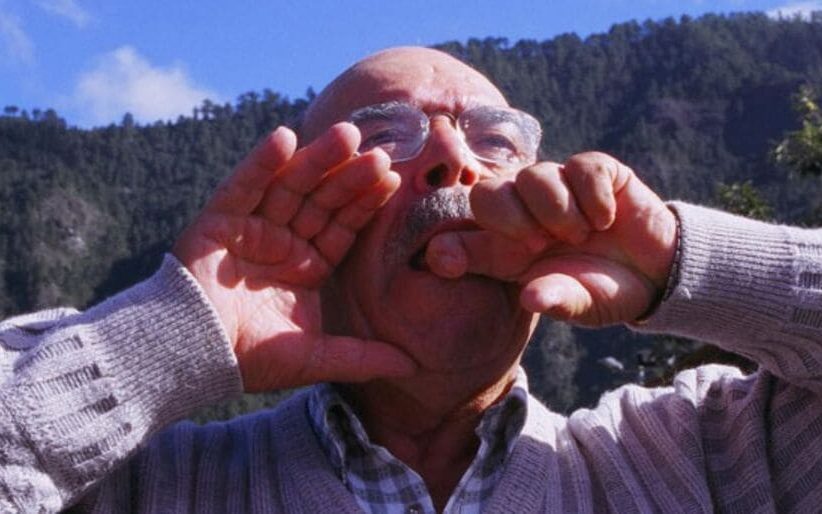
In the island lexicon, the large number of Portuguese expressions that have been used mainly in popular speech and the set of guanchismos, which are still used with greater or lesser frequency in certain areas, stand out.
The close relations between the Archipelago and the American continent explain the fact that they share many characteristic words, many of which were taken by the Canary Islanders to various American regions.
Canarian Academy of Language
If you want to know more about curious aspects of the Canarian dialect, you can direct all your questions to the inquiry mailbox of the Academia Canaria de la Lengua. This institution, which has been in operation for about 15 years, tries to complement the work of the Real Academia de la Lengua and to investigate the peculiarities of the lexicon, phonetics and other characteristics of the dialect of the Canary Islands.
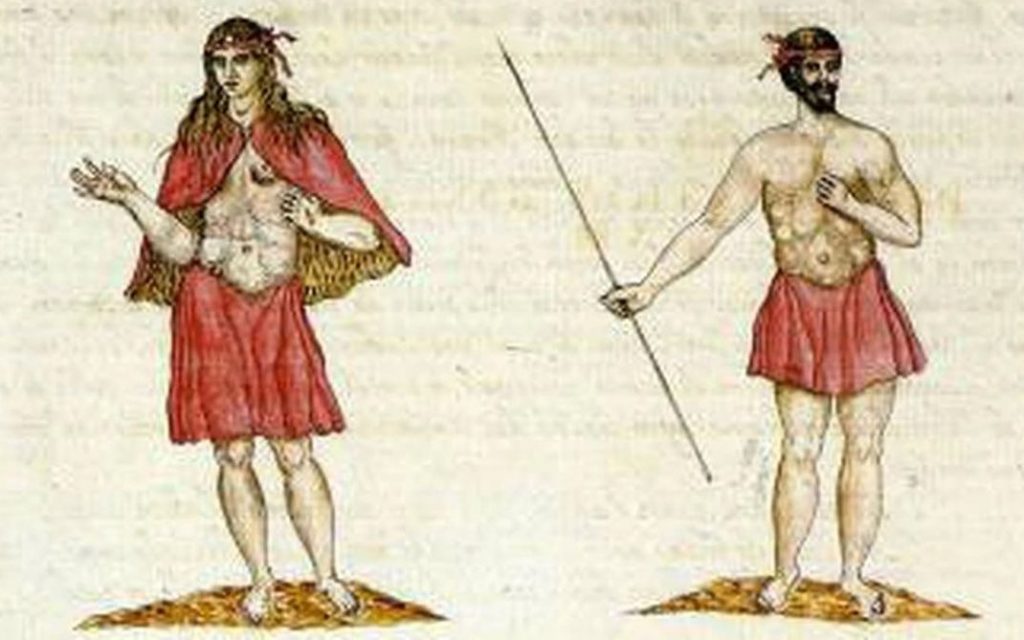
The Canary Islands is a land with a thousand things to see, explore and learn about. If you are interested in knowing more interesting facts about the Canary Islands, here is the link to the Culture and Traditions section.
Paula Vera
